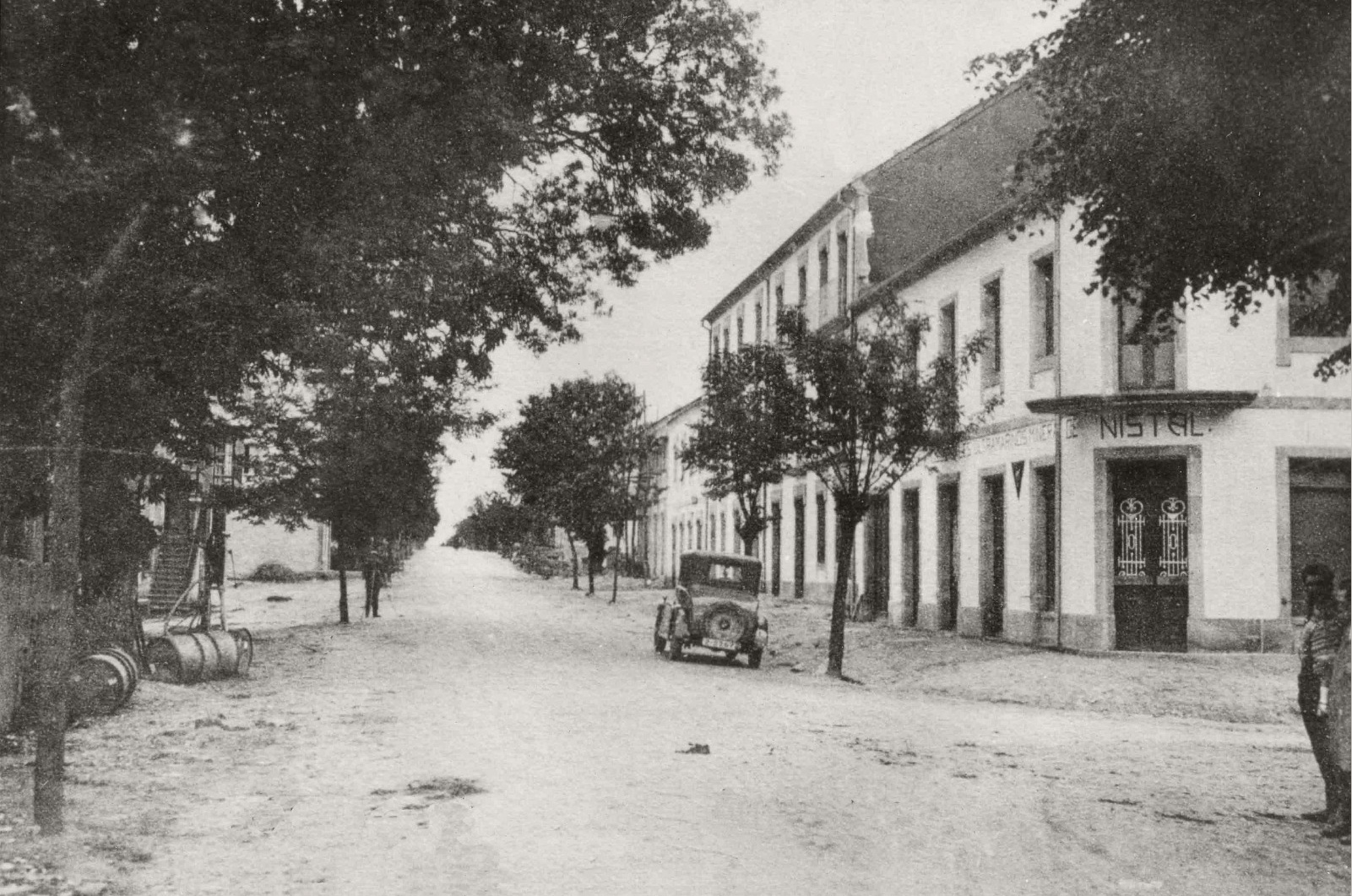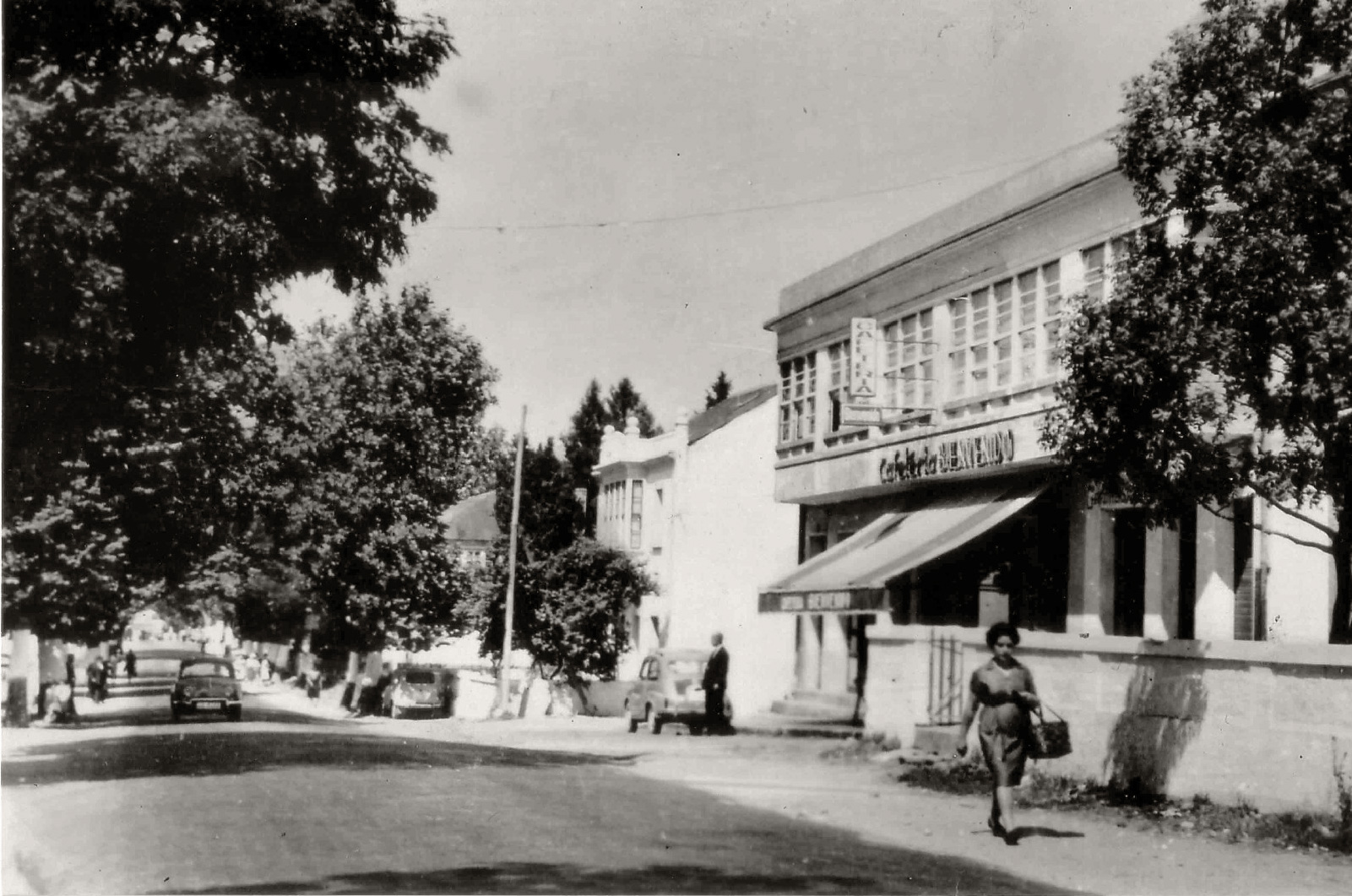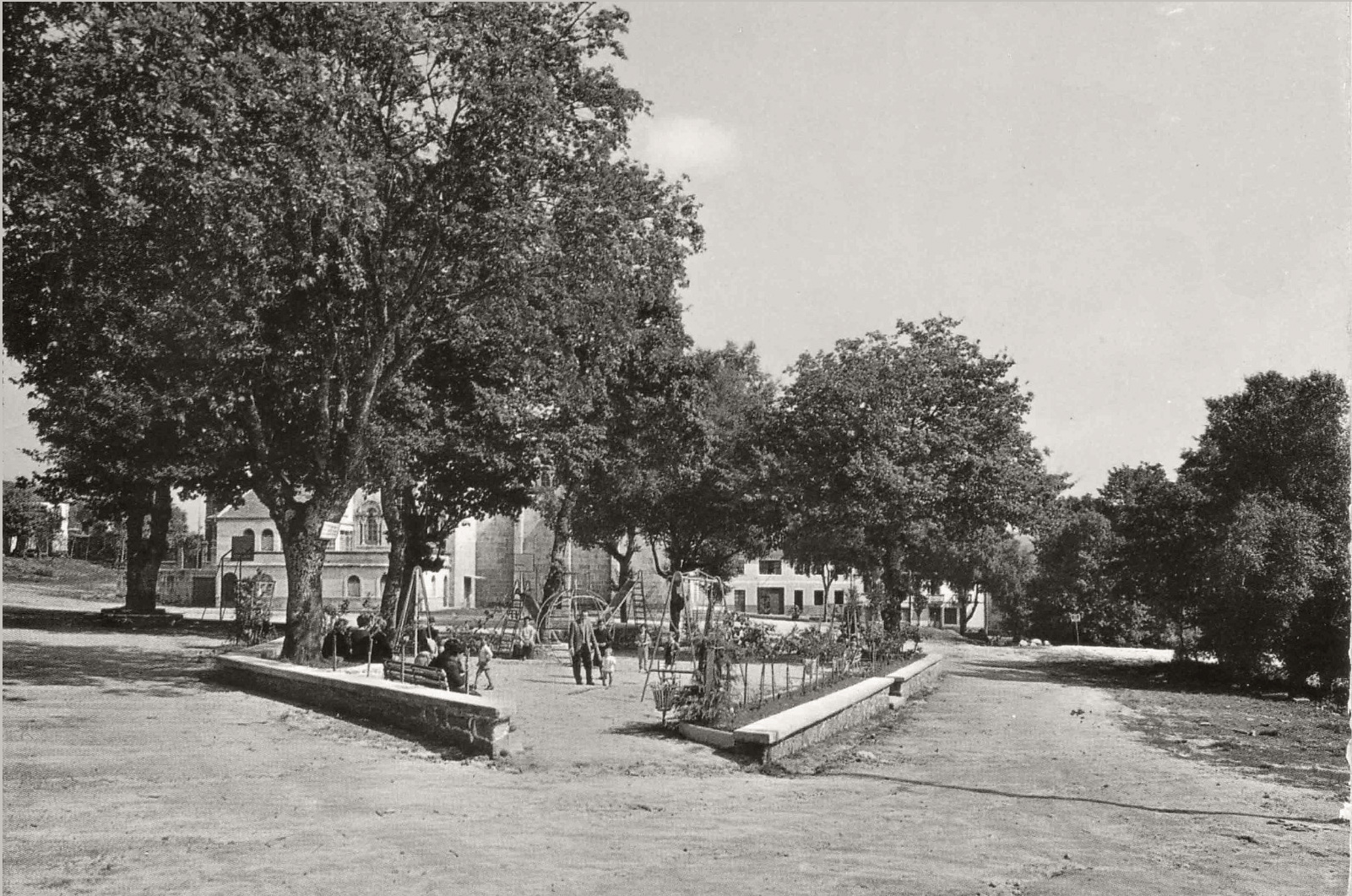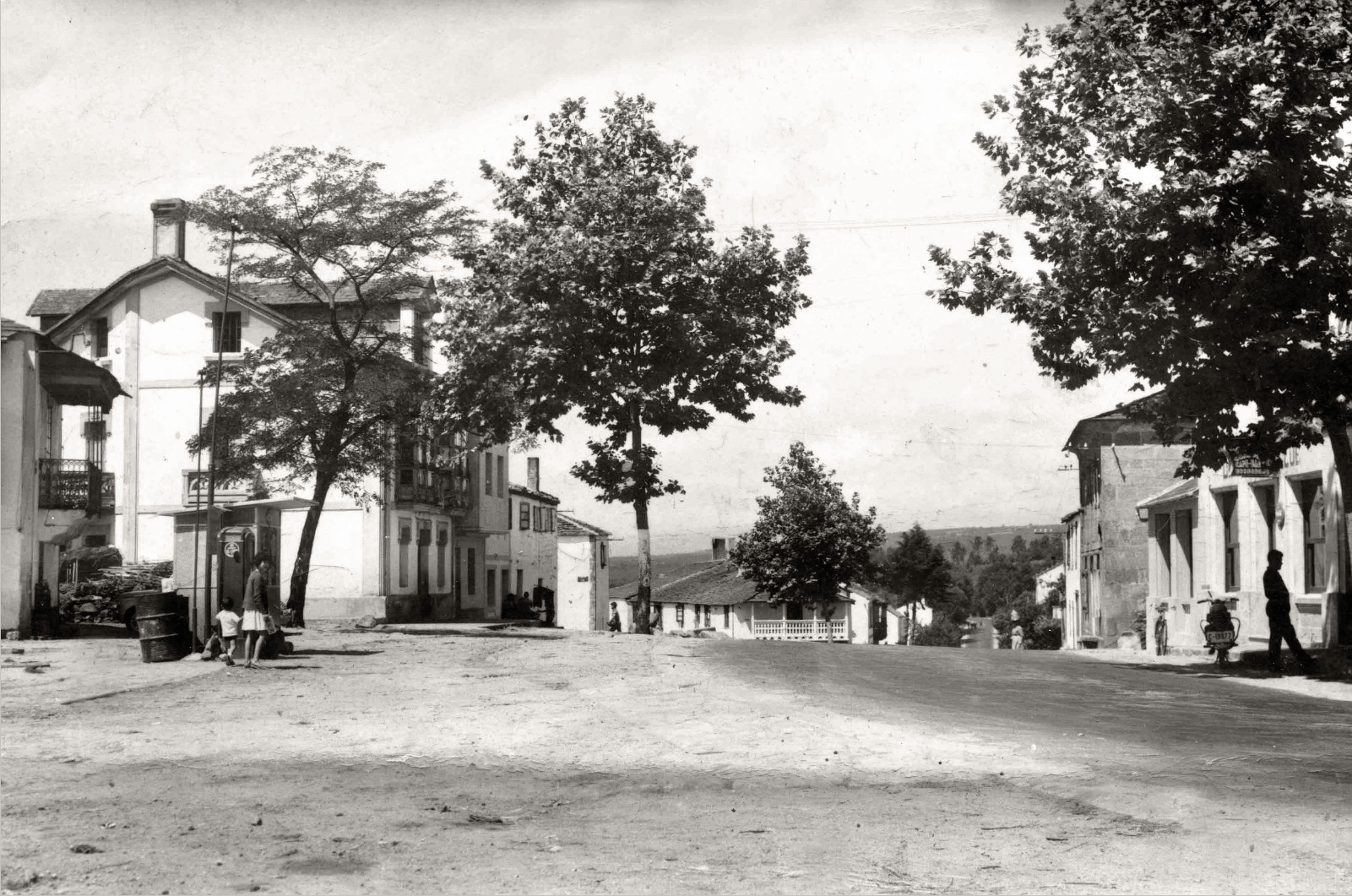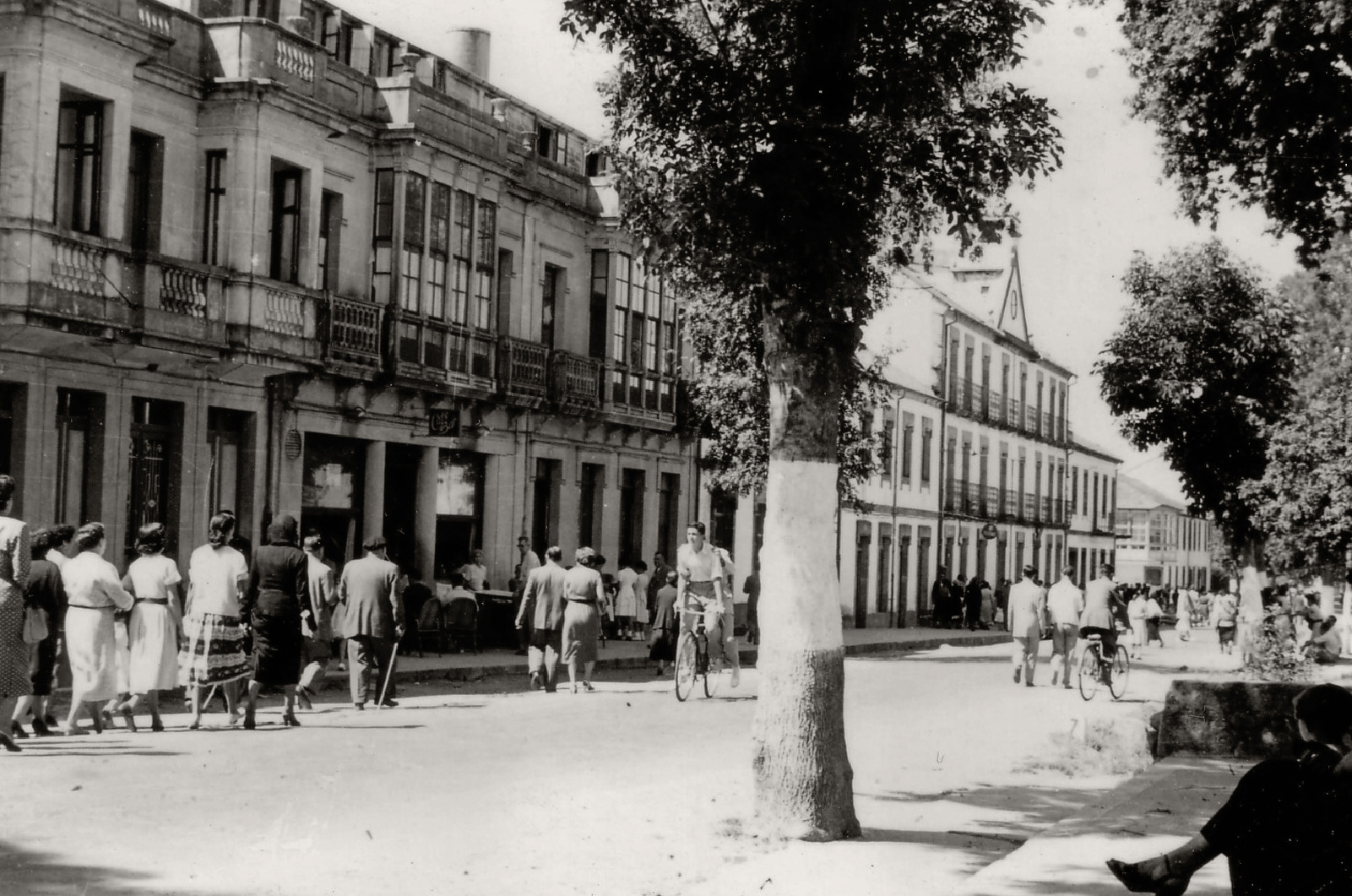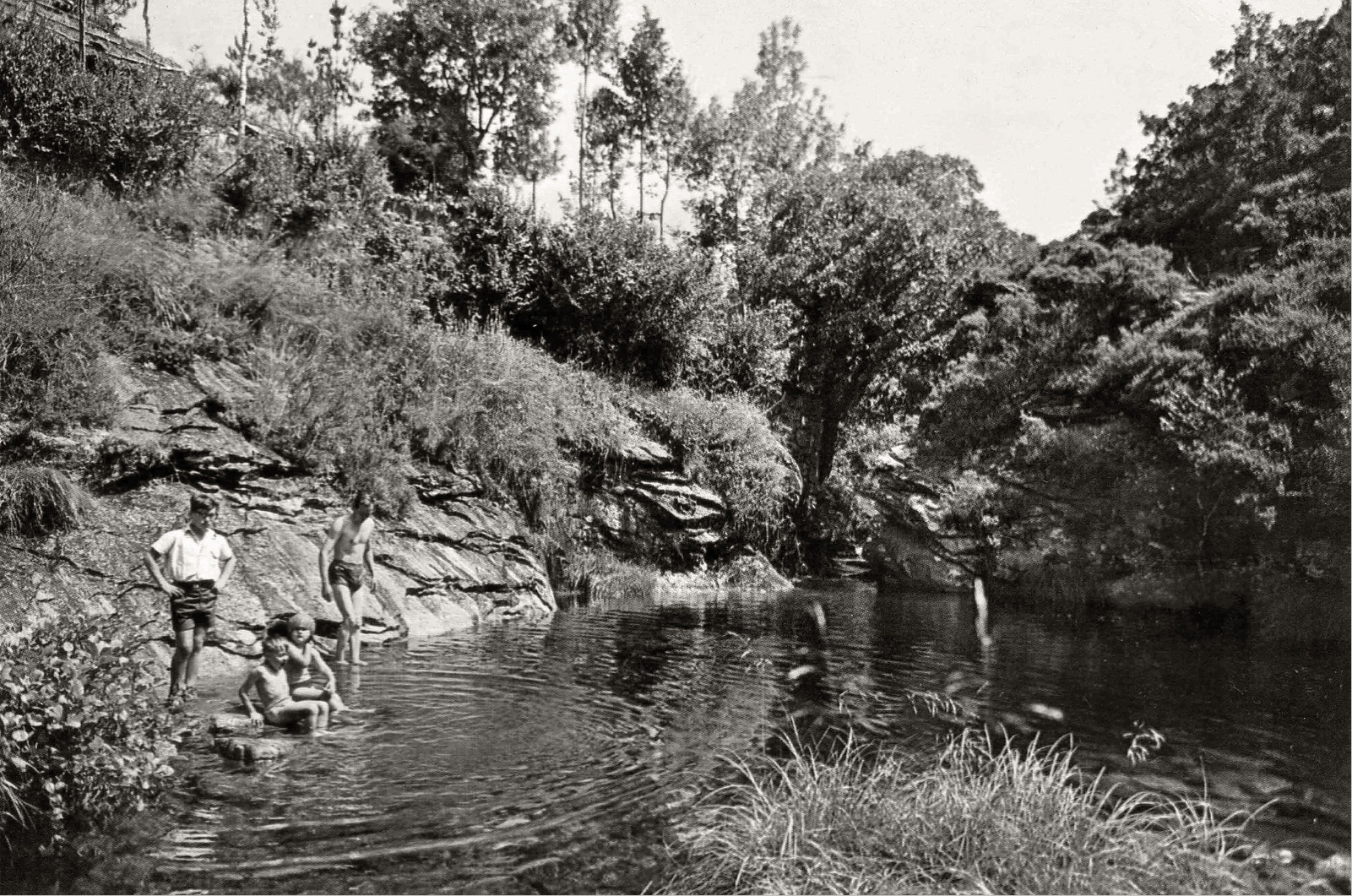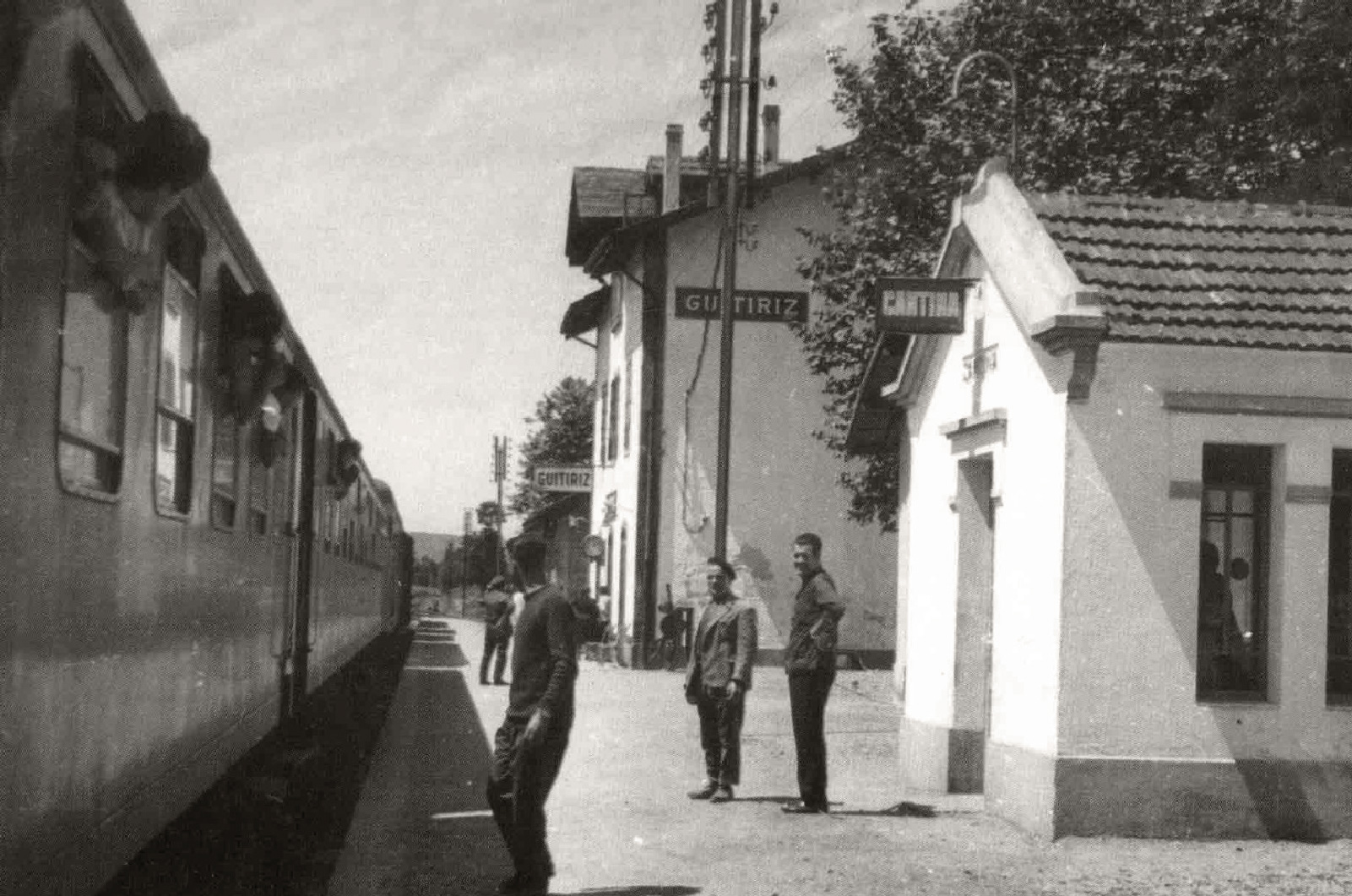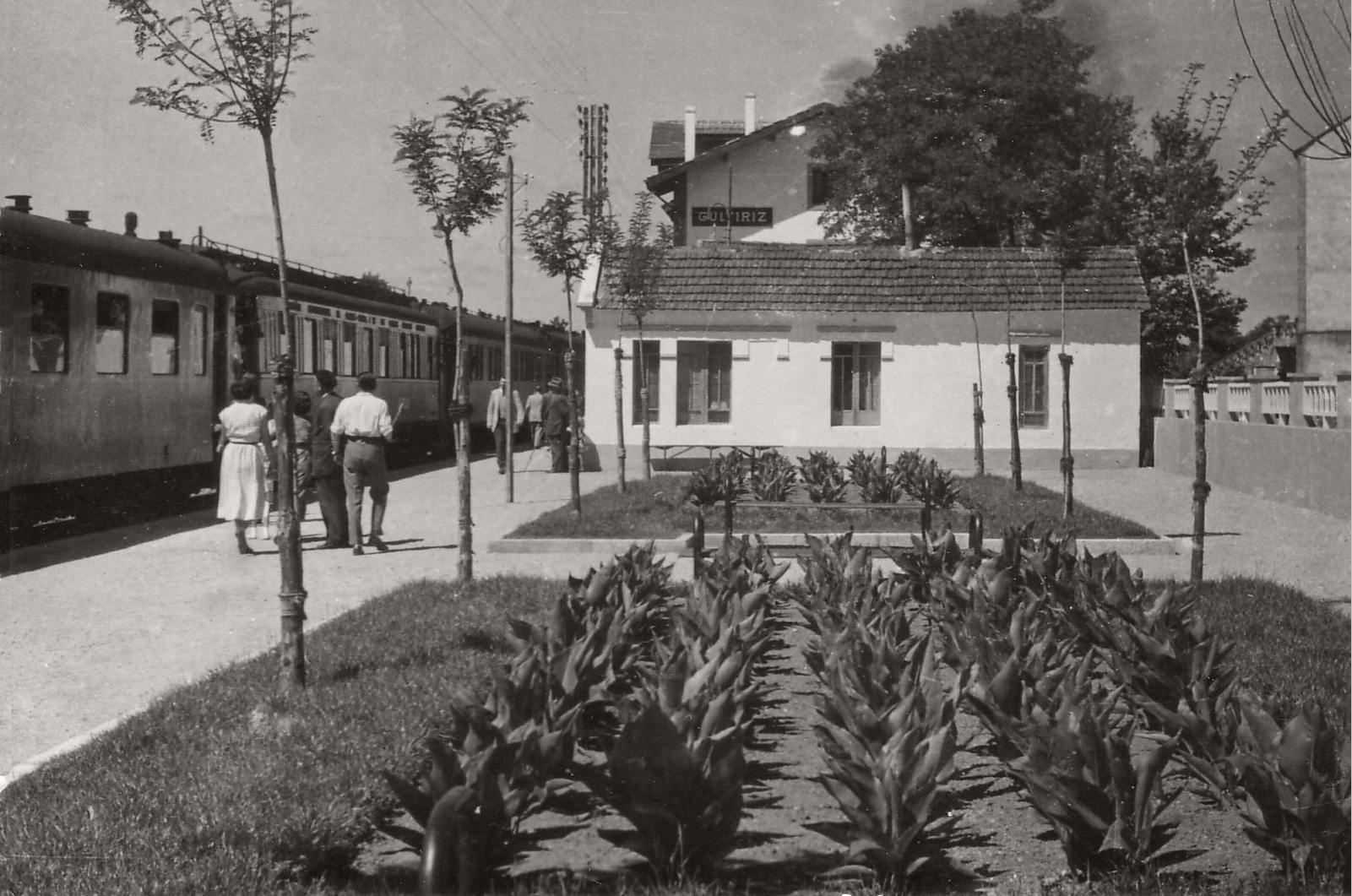This website uses cookies so that we can provide you with the best user experience possible. Cookie information is stored in your browser and performs functions such as recognising you when you return to our website and helping our team to understand which sections of the website you find most interesting and useful.
LOCATION
The municipality of Guitiriz belongs to the province of Lugo and to the region of Terra Chá. This thermal village, with an area of 294 km², borders the municipalities of Xermade, Vilalba, Begonte, Friol (belonging to the province of Lugo); Sobrado, Curtis-Teixeiro, Aranga, and Monfero (from the province of A Coruña).
The municipality has more than 5,000 inhabitants and is divided into 18 parishes that possess a great Historical-Cultural Heritage.
Guitiriz, the municipality of water and stone, is also considered a thermal village. The springs of Pardiñas, Guitiriz, and Parga are famous for their medicinal waters; good for liver diseases, kidneys, skin infections, and digestive disorders. Many people visit our town to enjoy them and the natural environment in which they are located.
And since we know that the way to someone’s heart is through their stomach, you can’t pass through Guitiriz without trying our gastronomy and, above all, our corn cake.
OUR HISTORY
Guitiriz was founded in the 6th century by the Suevic king Witerico, who baptized the town with his own name.
In the year 1822, Galicia was divided into 4 provinces, and within the Judicial District of Vilalba and as part of the province of Lugo, the municipalities of Parga and Lagostelle were included.
A few years later, a Royal Decree of July 23, 1835, established new municipalities and distributed the parishes of each of them. The municipalities of Parga and Guitiriz were left with 12: Becín, Lagostelle, Mariz, As Negradas, Santa Cruz, Santo Estevo, Santa Leocaia, San Salvador, Roca, Trasparga, O Vilar, and Os Vilares.
